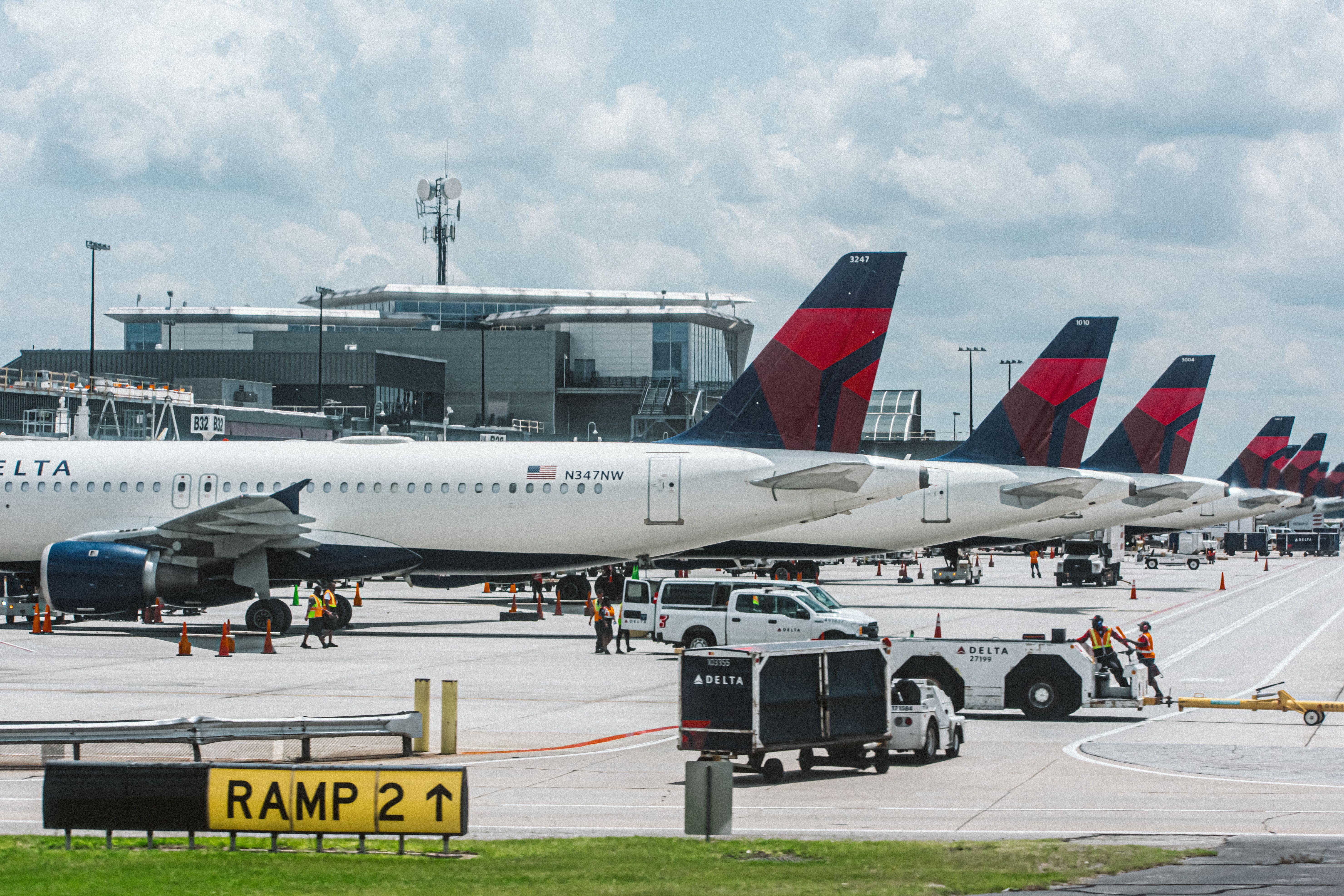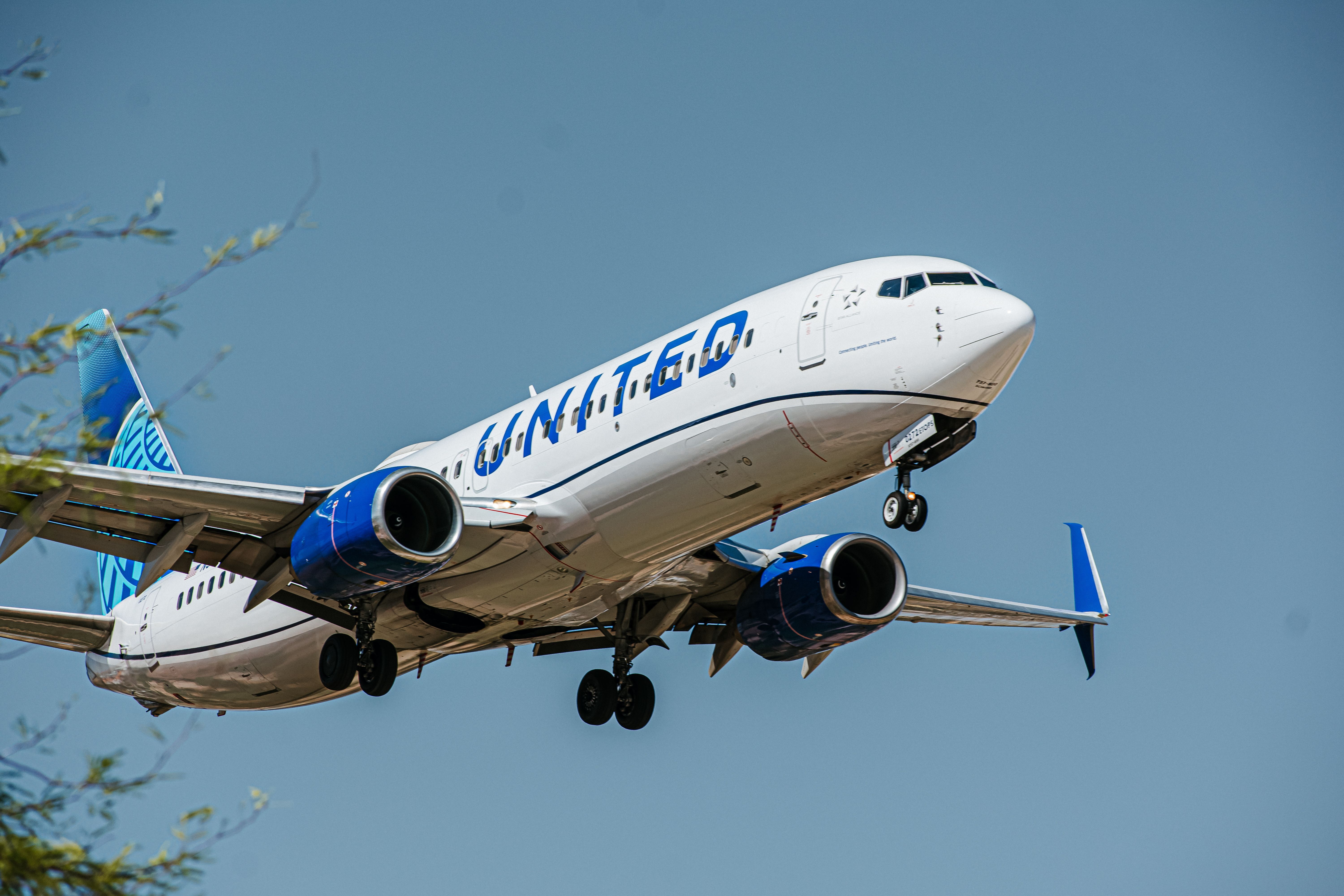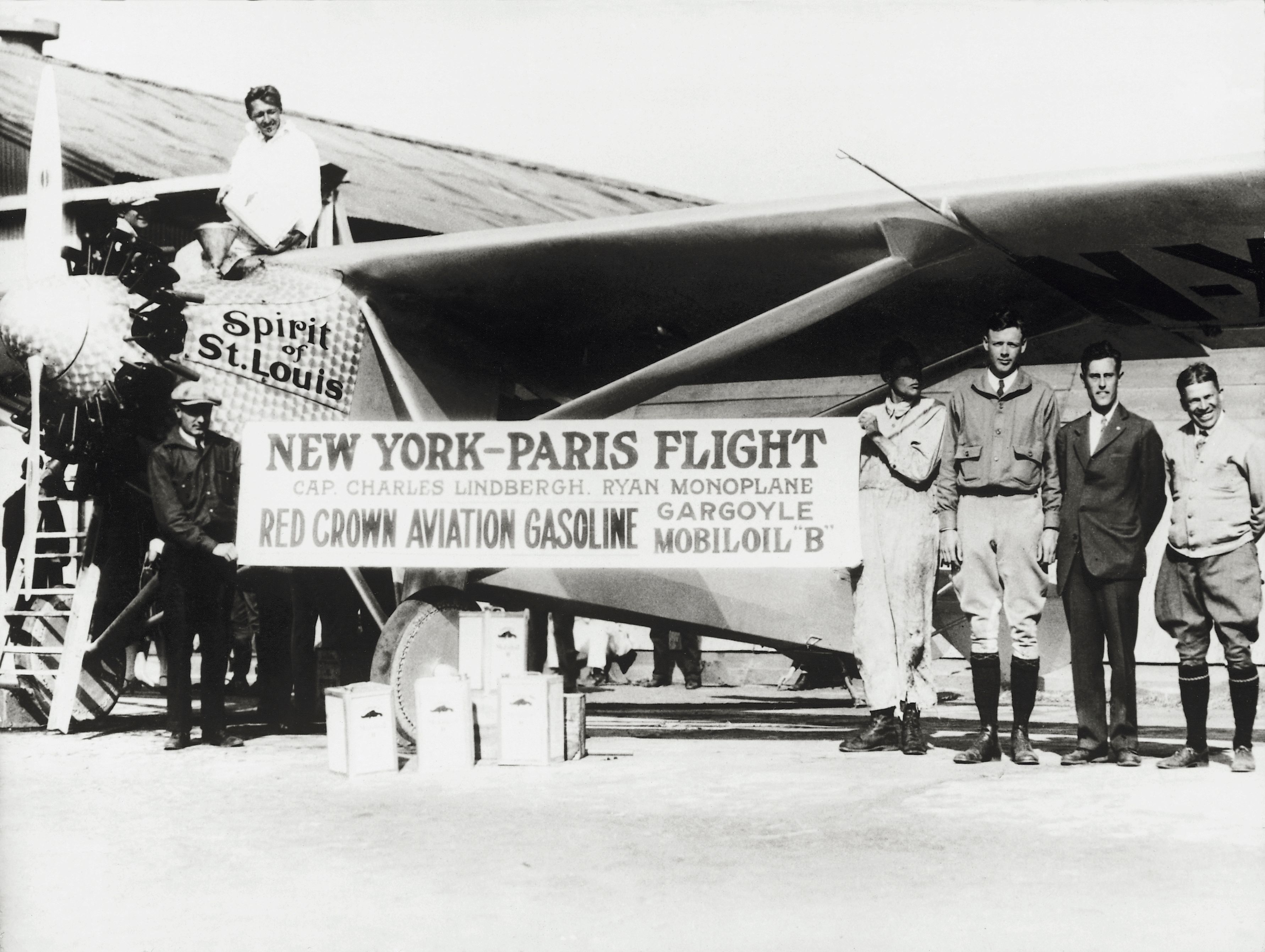In honor of the 100th anniversary of Charles Lindbergh's historic solo, non-stop transatlantic flight from Long Island to Paris, the Lindbergh Foundation announced the parameters and founding partners of the Forever Flight Alliance Sustainable Aviation Fuels Challenge.
The challenge is aimed at helping accelerate the decarbonization of the global aviation industry through incentive prizes, as emphasized by Erik Lindbergh, grandson and current Chairman of the foundation:
“As we approach the 100th anniversary of my grandfather’s world-changing New York to Paris flight in 1927, spurred by the $25k Orteig prize, we asked ourselves how we could make the most impact on the critical challenges facing aviation today. The answer: decarbonize aviation."
What is the Forever Flight Alliance?
Formed earlier this year in May, Lindbergh's Forever Flight Alliance currently consists of partners such as The Prince Albert II of Monaco Foundation, the Commercial Aviation Alternative Fuels Initiative, and the National Business Aviation Association (NBAA), among others. These alliance partners will participate in and support the challenge by discovering and mapping new initiatives that could further accelerate the path to net zero-carbon aviation.
Want to know more about sustainability in aviation?
The alliance partners will also support the challenge by bringing together solutions seekers across multiple hard-to-decarbonize disciplines, such as the shipping and chemical industries and more. Gathering such solutions is never easy, which is why the alliance partners further support by proposing and working with the XPRIZE Foundation to create various prize challenges to accelerate innovative breakthroughs.
What's the SAF challenge?
It is undeniable that the aviation industry is one of the most challenging sectors to decarbonize due to the high energy resources required for flight. Although the quickest and most effective way of decarbonizing currently involves using Sustainable Aviation Fuels (SAF), the transition to biofuel requires significant financial investment before the fuel will become economical to use.
Furthermore, the requirement for SAF within the US aviation industry alone is overwhelming, with the current per-year usage leveling at only five million gallons in 2021. The numbers are certainly far from what the industry would require by the end of 2050, which is approximately 35 billion gallons per year, as outlined in the US Government's SAF Grand Challenge Roadmap.
By ensuring that using SAF and scaling up the production and distribution of SAF is a top priority, the Lindbergh Foundation focuses on an actual 'zero carbon' aviation future. And so, the challenge is for participants to identify and address the specific barriers preventing the industry's continued path of commercializing SAF by finding pivotal inflection points in technology, economics, and the regulation of SAF.
The idea behind the challenge
Albeit the incentive prizes are not entirely monetary, it was Lindbergh's grandfather who inspired the idea of such a challenge, as the senior Lindbergh kicked-started the golden age of aviation after winning the Orteig Prize for his historic flight. Lindbergh continued by saying:
"Significant advances in aerospace have historically been inspired by incentive prizes, such as the Ansari XPRIZE for Private Spaceflight in 2004, which kick-started commercial and private space flight."
Get the latest aviation news straight to your inbox: Sign up for our newsletters today!
From the perspective of the Lindbergh Foundation and the Forever Flight Alliance, hosting an incentive prize challenge will prove fruitful in bringing together innovative solutions for accelerating decarbonization. Hopefully, the challenge will succeed in its objectives, and it will be interesting to see what innovations and ideas the brains of the global aviation industry will eventually come up with.



-1.jpg)
